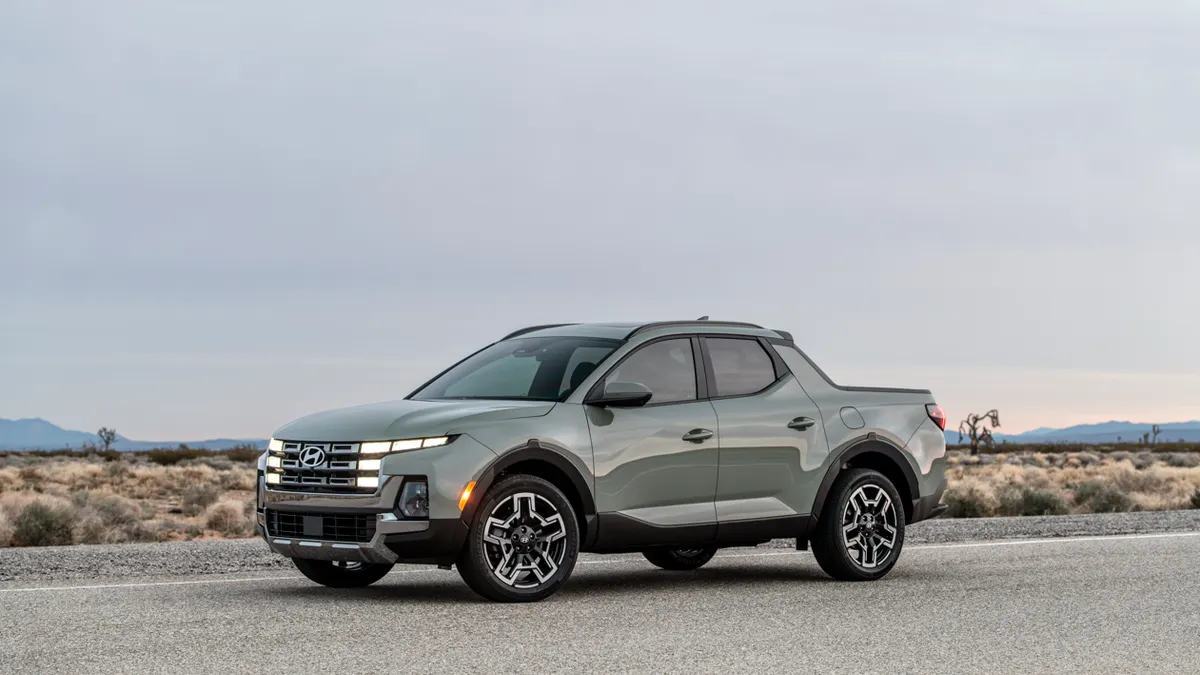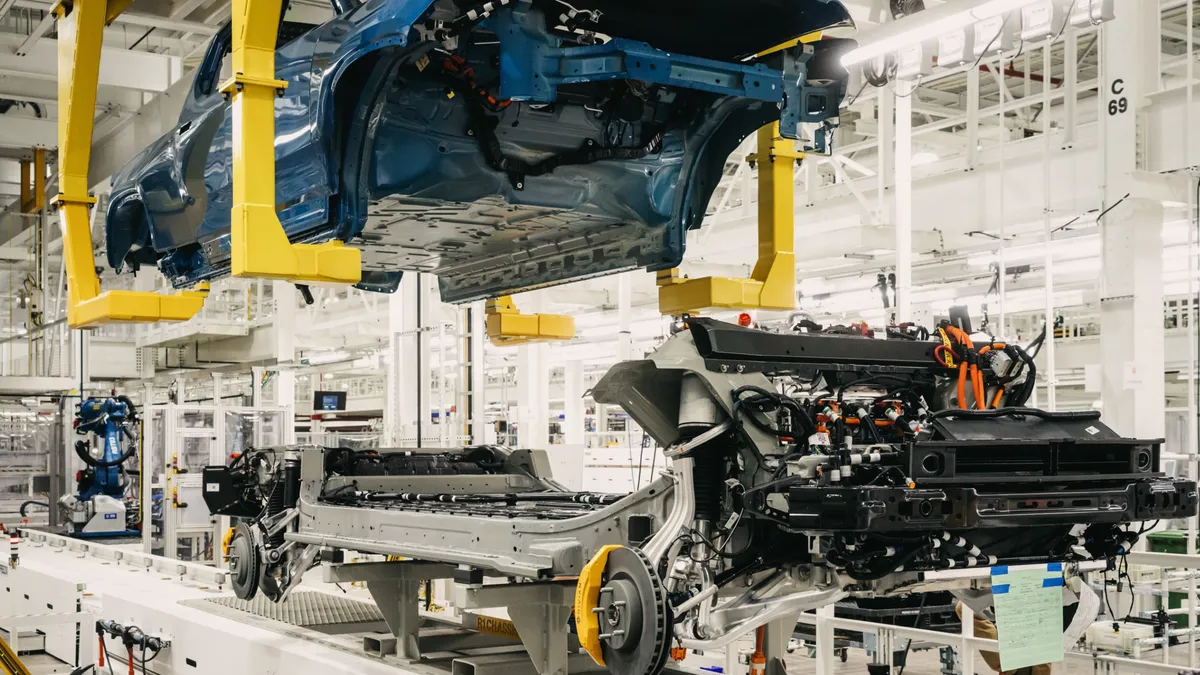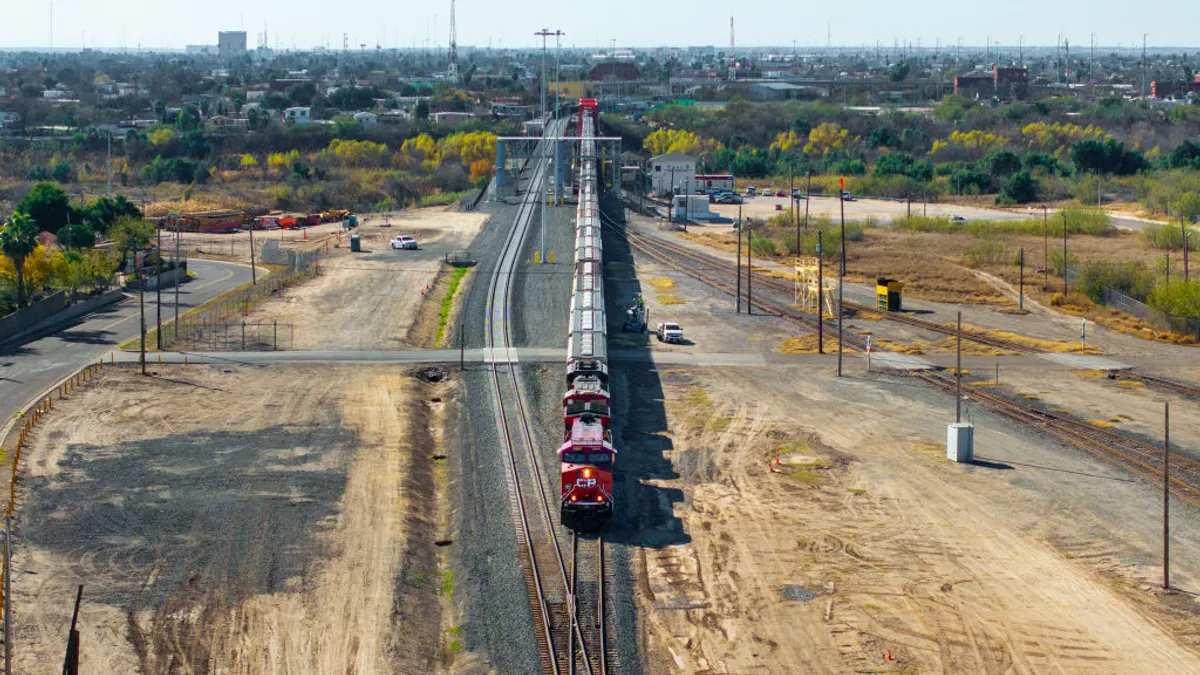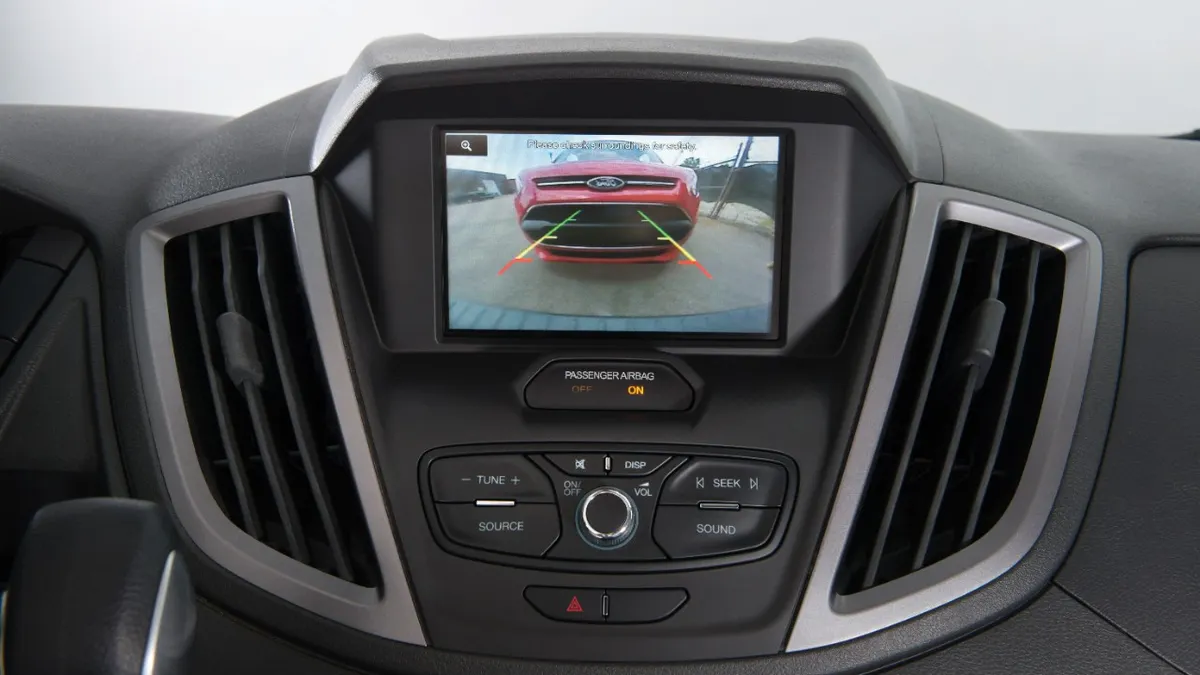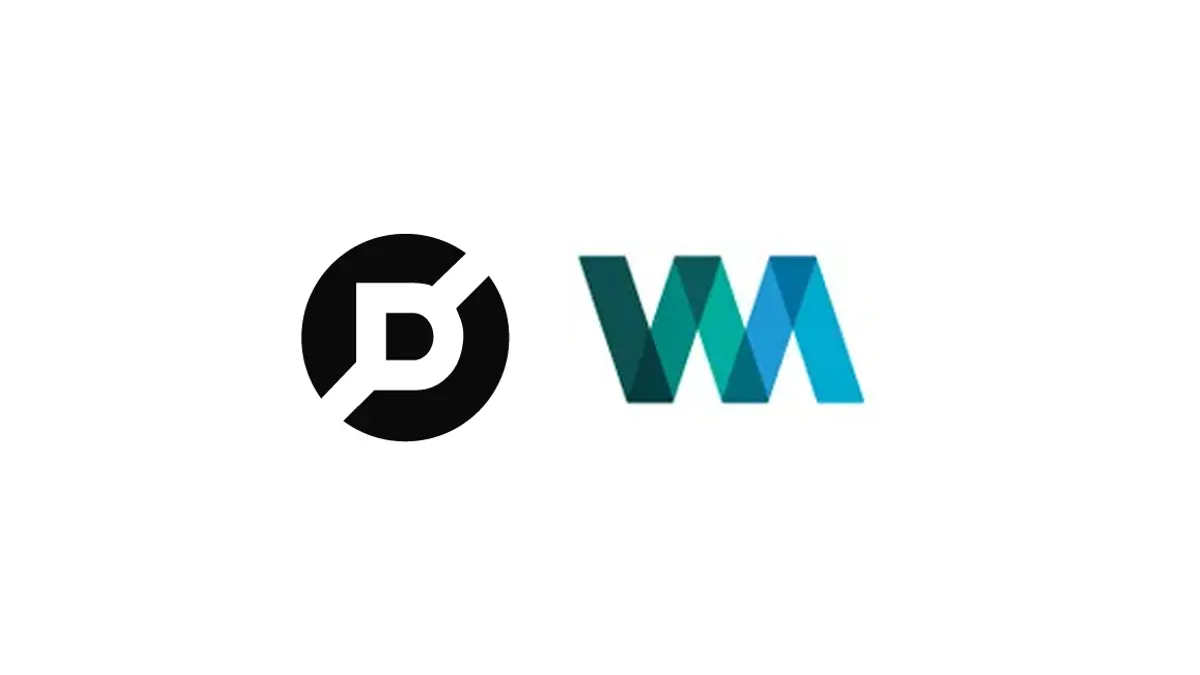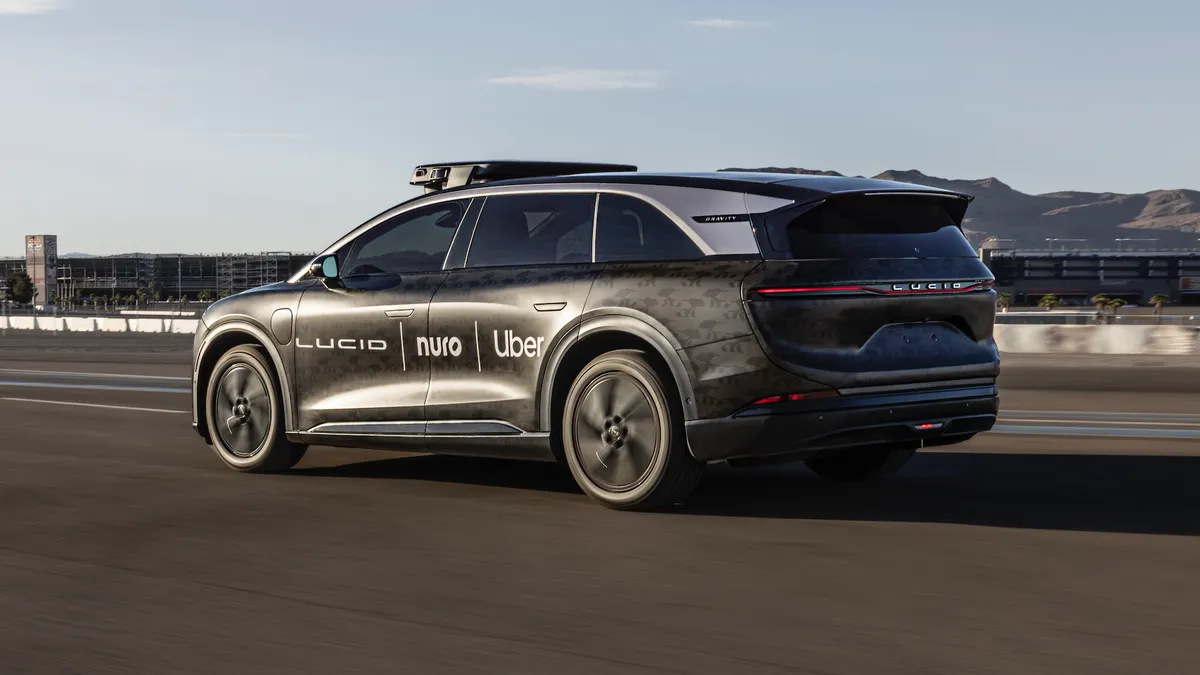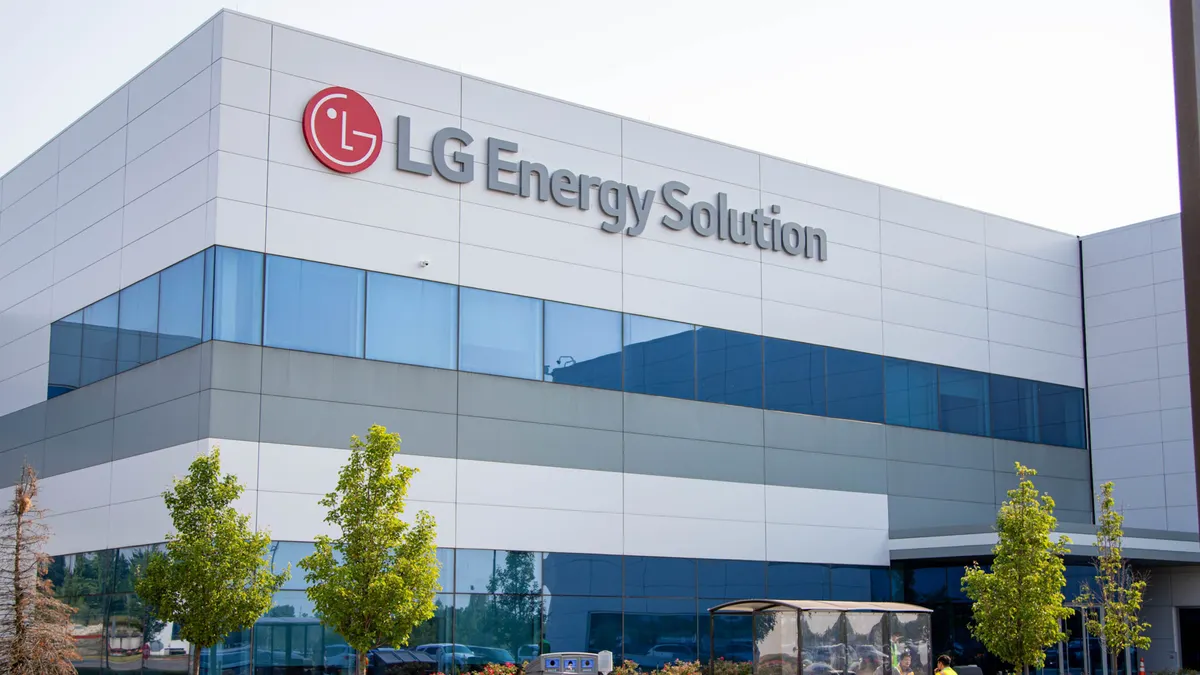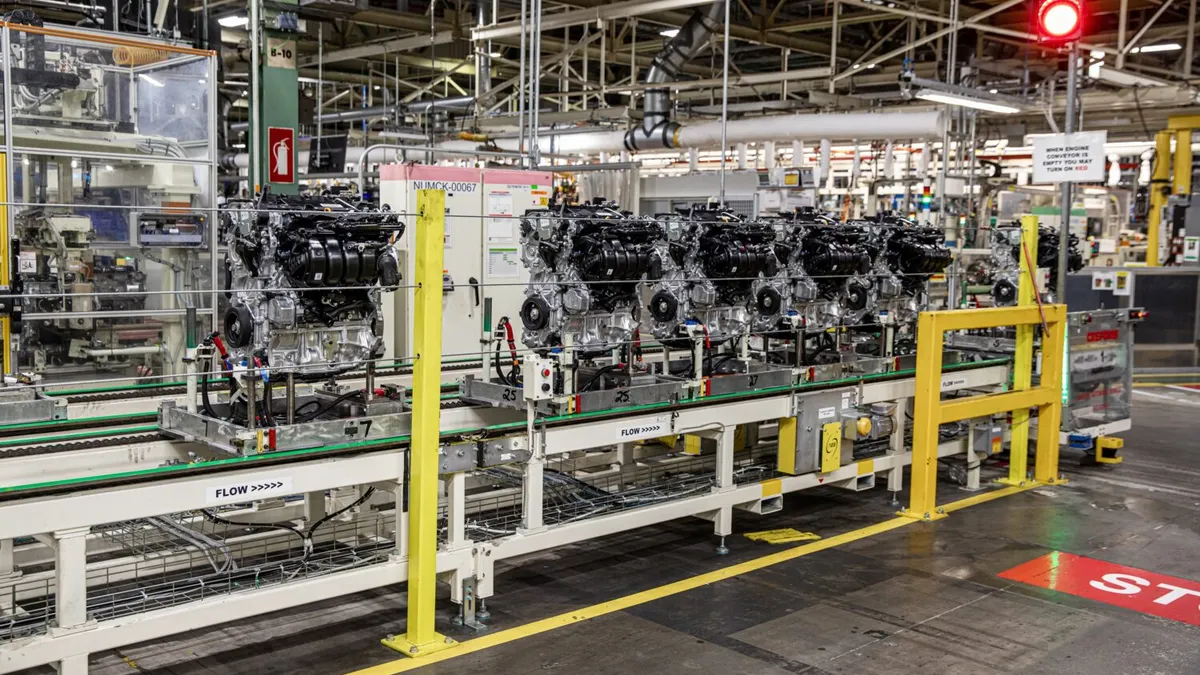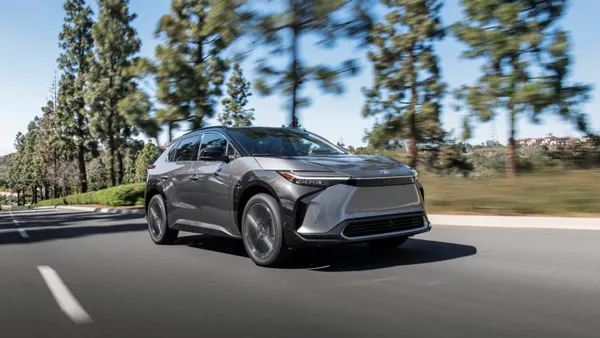South Korean automaker Hyundai vows to introduce a midsize pickup truck to its U.S. lineup, while doubling its hybrid offerings and targeting 80% of models sold in the U.S. be assembled domestically.
These goals, part of the automaker’s 2030 product roadmap announced Thursday during its 2025 investor day in New York, join previous goals of hitting 5.5 million total global sales and 3.3 million electrified-vehicle sales by 2030.
“We are delivering comprehensive electrified portfolios across all segments, localizing production in key markets, and leveraging breakthrough technologies from software-defined vehicles to next-generation batteries,” José Muñoz, president and CEO Hyundai Motor Co., said in a statement of product plans.
The midsize pickup truck announced Thursday is an in-house development targeted for pre-2030 introduction date in North America. This is a separate vehicle from the one Hyundai is co-developing with General Motors for Central and South American markets as part of a joint-venture agreement.
Hyundai already plays in the U.S. pickup segment, somewhat, with its Santa Cruz. That model is a derivative of the Tucson midsize CUV, but smaller and less capable than most of today’s midsize pickups, including the best-selling Toyota Tacoma.
Hybrids and EREVs
The automaker is set to double its hybrid lineup, to more than 18 models by 2030, with hybrids planned for its Genesis luxury brand debuting next year. In the U.S., most current Hyundai hybrids are powertrain variants within the Hyundai brand, with offerings such as the Santa Fe, Sonata and Tucson hybrids, and the soon-to-be-launched Palisade hybrid.
Hyundai vows in 2027 to begin sales of extended-range electric vehicles (EREVs), utilizing “in-house high-performance batteries, achieving full EV power performance with less than half the battery capacity, improving accessibility while maintaining exceptional range and performance, and eliminating range anxiety,” the automaker says. The range of its EREVs will exceed 600 miles (960 km), Hyundai says. EREVs use a gasoline engine as a generator to power a battery pack, eliminating the need to plug in to charge the pack.
N lineup, Genesis expanding
On the performance front, Hyundai will grow its N brand by 2030 to more than seven models. The expansion of the high-performance sub brand will include an N version of Hyundai Ioniq 6 BEV sedan, set to feature “three temperature optimization modes and signature N sensory engagement technologies,” the automaker says.
Meanwhile, Hyundai is targeting 350,000 annual sales for Genesis by 2030, up from roughly 230,000 in 2024. The automaker plans to expand into new markets in Europe with the now 10-year-old premium marque as well as grow sales in current markets via new model introductions, including hybrids and EREVs.
More manufacturing planned
Despite the recent U.S. government raid at its Savannah, Georgia-area Metaplant, Hyundai is not pulling back on U.S. production. Hyundai maintains previously set goals to reach 500,000 total units of production capacity at its new Georgia Metaplant by 2028, with a continued focus on hybrid-vehicle and BEV production and up to a mix of 10 nameplates slated for assembly there. It is investing $2.7 billion at the site over three years in an expansion announced in August that it says will create 3,000 direct and indirect jobs.
Additionally, Hyundai says it is targeting more than 80% of vehicles sold in the U.S. to be assembled domestically by 2030. Through August, roughly 40% of Hyundai sold here are assembled domestically, per Omdia Automotive data, but this includes not only output from U.S. assembly sites in Savannah, Montgomery, Alabama, and West Point, Georgia, but production of the Tucson in Tijuana, Mexico, as well. It is unclear whether Hyundai’s 80% domestic production goal factors in Mexico assembly. Omdia Automotive analysis shows Hyundai could achieve close to 80% U.S. production with Metaplant output at 500,000, but with Mexico output factored in it would hit the figure.
On a global basis, Hyundai is set to grow production capacity by 1.2 million units in five years, including the 500,000 Metaplant builds, 200,000 units from its Ulsan, South Korea, BEV plant and 250,000 units due to come online at its Pune, India, multi-model export hub.
Complete-knock-down assembly Hyundai sites in North Africa, Saudi Arabia and Vietnam, among those in other countries, will add an additional 250,000 units of output.
Software-defined technologies are being cascaded to Hyundai’s plants, with “advanced robot-based automation systems enabling predictive maintenance, digital simulation and self-diagnostics” at the Ulsan BEV assembly plant, it says.
Batteries and SDV
Hyundai is targeting a 30% cost reduction for its batteries by 2027, which it says should be industry leading. It also sets its sights on further competitive advantages by targeting cells designed with 15% higher energy density and 15% shorter charging times.
It says durability data from more than 50,000 Ioniq 5 BEVs, some driven more than 250,000 miles (400,000 km), shows 90% of battery life remains in most vehicles.
From 2026, Hyundai says a cloud-based battery management system will “collect data from diverse vehicle environments, applying proprietary advanced modeling for faster, more precise diagnostics.”
Hyundai also says it is accelerating its transition to software-defined vehicles (SDVs), with its Pleos in-vehicle distributed operating system at the core of its strategy. Pleos is said to enable “rapid software updates, personalized feature enhancements and a safer, more flexible driving experience” via separated hardware and software.
The automaker’s Pleos Connect next-gen infotainment system will launch in second-quarter 2026, with multi-window functionality and an in-vehicle marketplace for third-party apps, “creating new service-based revenue opportunities,” among its features.


